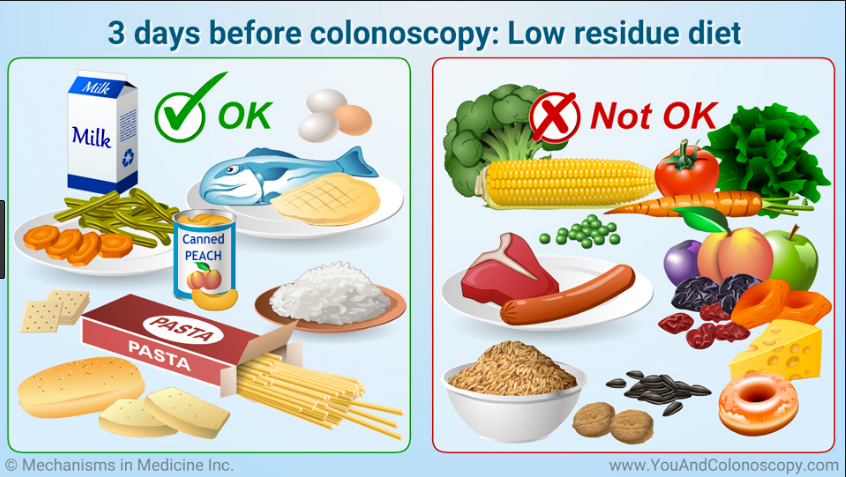Essential Guide to Vestibular Migraine Diet: Improve Your Symptoms in 2025

Apply Now


Essential Guide to Vestibular Migraine Diet: Improve Your Symptoms in 2025
Vestibular migraines are characterized by episodes of vertigo and dizziness, often accompanied by more typical migraine symptoms such as headache, light sensitivity, and nausea. Given the complexity of managing this condition, dietary choices play a crucial role in alleviating symptoms and preventing migraine attacks. The right vestibular migraine diet can help reduce the frequency and intensity of symptoms, providing significant relief to those affected. In this guide, we will explore dietary changes for vestibular migraine management, the best food choices, and foods to avoid for optimal migraine relief. Creating a migraine-friendly diet involves understanding potential triggers and integrating foods rich in anti-inflammatory properties. We will delve into migraine-triggering foods, hydration importance, and meal planning to stabilize symptoms. This article serves as a comprehensive roadmap for those looking to navigate dietary management effectively. Key benefits of adopting a vestibular migraine diet include improved symptom management and an overall enhancement in quality of life. Alongside dietary adjustments, we will briefly touch on complementary therapies and lifestyle changes. Remember, consulting with a healthcare professional is essential when making any significant dietary changes.Understanding Vestibular Migraines and Their Dietary Triggers
Building on the dietary strategies we’ll be discussing, it's essential to first understand vestibular migraine symptoms and their connection to diet. Vestibular migraines not only cause dizziness and imbalance but also manifest as headaches that can severely disrupt daily activities.Defining Vestibular Migraine Symptoms
Vestibular migraine symptoms can vary widely among individuals, often making diagnosis challenging. Common symptoms include episodes of vertigo, instability, and neck pain, alongside classic migraine symptoms like headache and sensitivity to stimuli. Recognizing these symptoms is crucial for effective management and improving life quality.Identifying Dietary Triggers
Dietary changes for vestibular migraine often involve recognizing and avoiding specific triggers. Common culprits include aged cheeses, processed meats, and foods high in tyramine. Keeping a detailed food diary can help identify personal triggers, leading to tailored dietary interventions for professionals to analyze.Hydration as a Key Factor
Hydration plays a significant role in managing migraine symptoms. Poor hydration can exacerbate symptoms and trigger episodes. It's advised to maintain proper fluid intake and to choose hydrating foods like fruits and vegetables, while additionally avoiding excessive caffeine or alcohol, which can lead to dehydration.Building Your Vestibular Migraine Treatment Diet Plan
With a solid understanding of the symptoms and triggers, we can start building a personalized migraine diet plan. The focus here will be on incorporating migraine-friendly foods and eliminating problematic items.Best Diet for Migraine Relief
An effective vestibular migraine diet incorporates anti-inflammatory foods such as fatty fish, leafy greens, and rich sources of antioxidants like berries. These choices help reduce inflammation in the body, which is crucial for managing migraine symptoms.Foods to Avoid with Vestibular Migraine
To effectively combat migraines, it's essential to avoid foods associated with triggering symptoms. Common foods that may provoke vestibular migraines include processed snacks, caffeine, wine, and chocolate. Understanding the balance of avoiding trigger foods while ensuring essential nutrients are consumed is vital for success.Meal Planning for Migraines
Meal planning is a practical approach for migraine sufferers. Structuring your meals around anti-inflammatory and antioxidant-rich foods can help manage symptoms proactively. Focus on incorporating healthy fats, lean proteins, and plenty of fruits and vegetables into your weekly meals.Nutritional Therapy for Migraines: Key Components
Integrating nutritional therapy into your vestibular migraine management plan can provide significant benefits. By understanding your dietary needs, you can create meals that align with migraine prevention strategies.High Magnesium Foods and their Benefits
Research has shown that magnesium plays a role in reducing the frequency of migraines. Incorporating high magnesium foods such as spinach, nuts, and seeds into your diet can support migraine relief and improve overall neurological health.Plant-Based Diet for Migraines
Exploring a plant-based diet may benefit migraine sufferers by reducing inflammation. A meal plan rich in fruits, vegetables, whole grains, and legumes can provide the vital nutrients needed for mitigating symptoms.Hydration and Its Importance in Diet
Maintaining hydration is crucial in a migraine diet. Water and electrolyte replenishing beverages can help prevent dehydration, which is a common migraine trigger. Aim for at least eight glasses of fluid daily, and include hydrating foods to boost intake.Incorporating Anti-Inflammatory Foods into Your Diet
Transitioning to a diet that emphasizes anti-inflammatory foods is a smart strategy for managing vestibular migraine symptoms.Fatty Fish for Migraine Relief
Fatty fish such as salmon, mackerel, and sardines are excellent sources of omega-3 fatty acids. Studies suggest a connection between omega-3 fatty acids and reduced migraine occurrence, making these foods beneficial in any migraine-friendly diet.Fiber-Rich Foods for Migraine Management
Fiber supports overall digestive health and can help manage neurotransmitter balance, which may impact migraine frequency. Include foods rich in fiber like whole grains, legumes, and fresh fruits and vegetables in daily meals for added benefits.Antioxidants and Their Role in Migraine Diets
Antioxidants play a crucial role in reducing oxidative stress in the body, which has been linked to migraine development. Incorporating antioxidant-rich foods, such as berries, citrus fruits, and dark leafy greens, can help bolster your body’s defenses against migraines.Mindful Eating Practices for Managing Migraines
In addition to choosing the right foods, understanding the principles of mindful eating can significantly benefit migraine management.Creating a Migraine-Safe Kitchen
Transforming your kitchen into a migraine-safe zone is essential for diet adherence. Ensure that your pantry is stocked with migraine-friendly foods, while discarding anything that may aggravate symptoms.Cooking Tips for Vestibular Migraine Diets
Opt for cooking methods that preserve the nutritional value of foods while keeping meals enjoyable. Steaming, grilling, and sautéing with healthy fats can enhance the flavor of migraine-friendly foods while maintaining their health benefits.Meal Prep for Migraine Diets
Planning and preparing meals ahead of time can alleviate stress and help minimize poor food choices during hectic days. Use weekends to batch-cook meals featuring safe ingredients so you can remain consistent with your dietary management.Q&A: Common Questions About Vestibular Migraine Diets
What are the main dietary changes recommended for vestibular migraine sufferers?
The main dietary changes include avoiding trigger foods, increasing the intake of anti-inflammatory foods, staying hydrated, and focusing on magnesium-rich options.How does a gluten-free diet impact vestibular migraines?
Some individuals may experience relief from vestibular migraine symptoms when following a gluten-free diet, particularly those with gluten sensitivities. It’s essential to assess this with the guidance of a healthcare professional.Can caffeine help or worsen vestibular migraines?
Caffeine can act as both a trigger and a remedy, depending on the individual. Moderate consumption may help, but excessive intake is a known headache trigger. Monitoring personal responses is crucial.Is there a specific meal plan for migraine sufferers?
While no one-size-fits-all plan exists, adhering to a structured format that includes anti-inflammatory foods and avoids known triggers can effectively mitigate symptoms.How can emotional factors influence vestibular migraine symptoms?
Emotional stress can exacerbate symptoms, making it essential to incorporate stress management techniques alongside dietary adjustments. Techniques like meditation and yoga may help balance emotional health.
